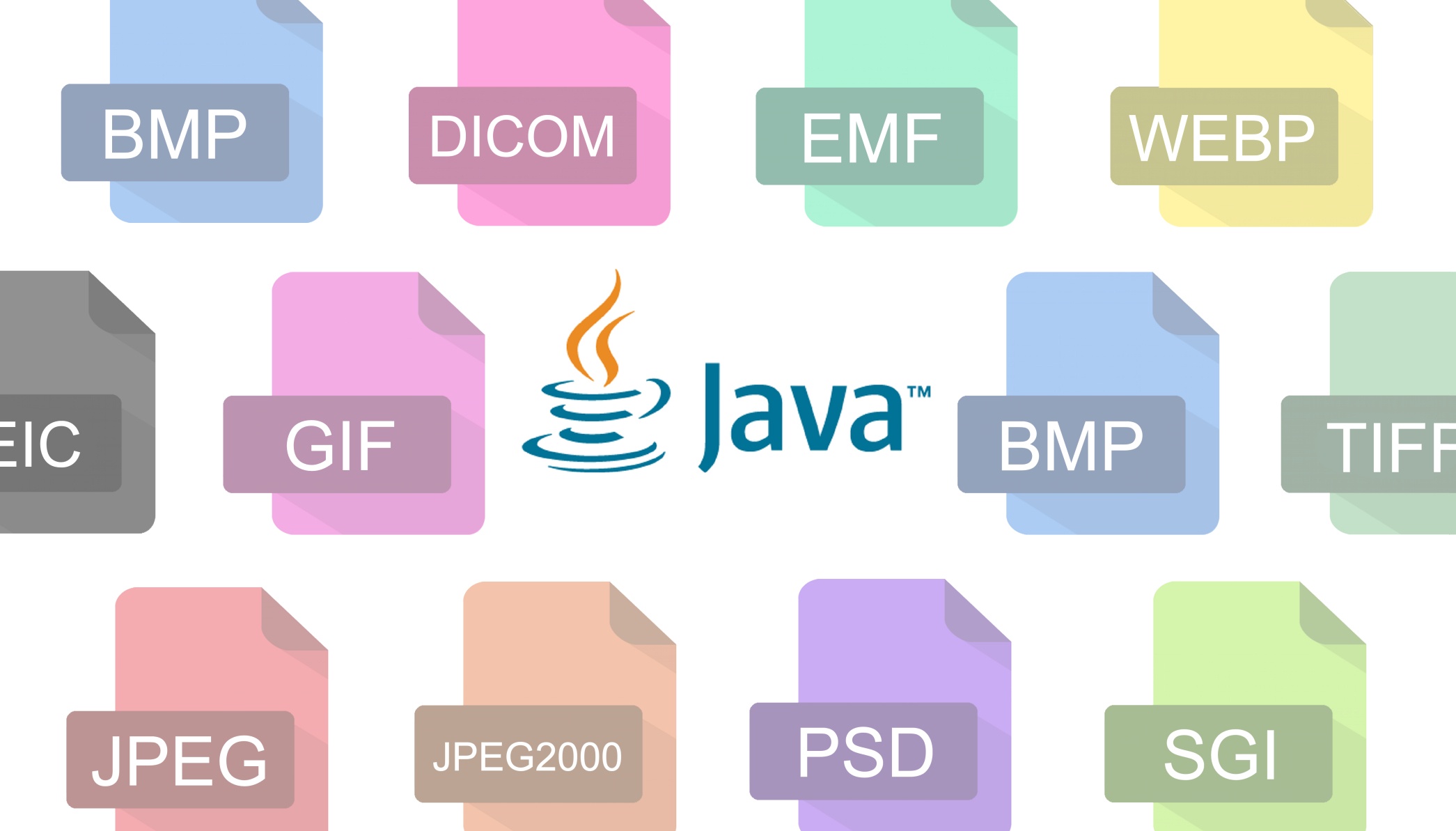In this article I will introduce you to Java Image processing, explain why Java is a good fit and introduce our JDeli image processing Java library. JDeli is the best enterprise-level Java image library for performance and efficiency.
What is Image processing?
Image processing is the action of altering an image using an algorithm. Often this involves a kernel matrix. Image processing operations are frequently used to improve picture quality or expose details as well as just for fun.
Why use Java for Image processing?
Reason 1 ImageIO, plugins and third-party libraries such as JDeli allow Java to read and write a very wide range of Image file formats
Reason 2 Java provides a simple abstract BufferedImage class but also deep level access to pixels, rasters, colorspaces if needed
Reason 3 Graphics2D, kernels and Affine TranformOp allow a very wide range of operations to be applied to an Image.
Reason 4 Java is cross-platform, robust and well supported
Why use JDeli for Java Image processing?
JDeli simplifies Java image processing and offers the following benefits:
- prevent heap related JVM crashes
- large selection of predefined Image processing operations
- custom() operation makes it easy to define new operations
- support for additional image formats such as Heic
- reduce output file size
- improve read/write performance
- create smaller files
- control over output
- support threading
- superior image scaling algorithms
Are you a Java Developer working with Image files?
// Read an image
BufferedImage bufferedImage = JDeli.read(avifImageFile);
// Read an image
BufferedImage bufferedImage = JDeli.read(dicomImageFile);// Read an image
BufferedImage bufferedImage = JDeli.read(heicImageFile);
// Write an image
JDeli.write(bufferedImage, "heic", outputStreamOrFile);// Read an image
BufferedImage bufferedImage = JDeli.read(jpegImageFile);
// Write an image
JDeli.write(bufferedImage, "jpeg", outputStreamOrFile);
// Read an image
BufferedImage bufferedImage = JDeli.read(jpeg2000ImageFile);
// Write an image
JDeli.write(bufferedImage, "jpx", outputStreamOrFile);
// Write an image
JDeli.write(bufferedImage, "pdf", outputStreamOrFile);
// Read an image
BufferedImage bufferedImage = JDeli.read(pngImageFile);
// Write an image
JDeli.write(bufferedImage, "png", outputStreamOrFile);
// Read an image
BufferedImage bufferedImage = JDeli.read(tiffImageFile);
// Write an image
JDeli.write(bufferedImage, "tiff", outputStreamOrFile);
// Read an image
BufferedImage bufferedImage = JDeli.read(webpImageFile);
// Write an image
JDeli.write(bufferedImage, "webp", outputStreamOrFile);
What is JDeli?
JDeli is a commercial Java Image library that is used to read, write, convert, manipulate and process many different image formats.
Why use JDeli?
To handle many well known formats such as JPEG, PNG, TIFF as well as newer formats like AVIF, HEIC and JPEG XL in java with no calls to any external system or third party library.
What licenses are available?
We have 3 licenses available:
Server for on premises and cloud servers, Distribution for use in a named end user applications, and Custom for more demanding requirements.
How does JDeli compare?
We work hard to make sure JDeli performance is better than or similar to other java image libraries. Check out our benchmarks to see just how well JDeli performs.
